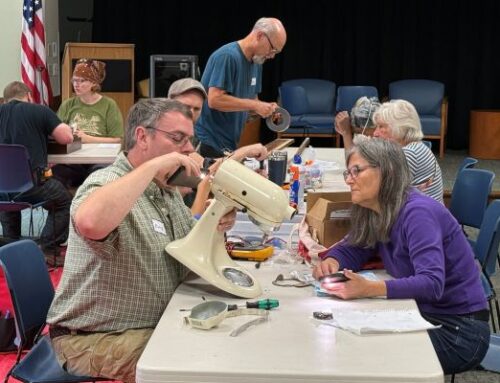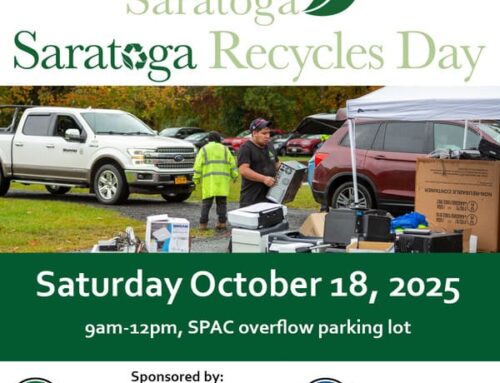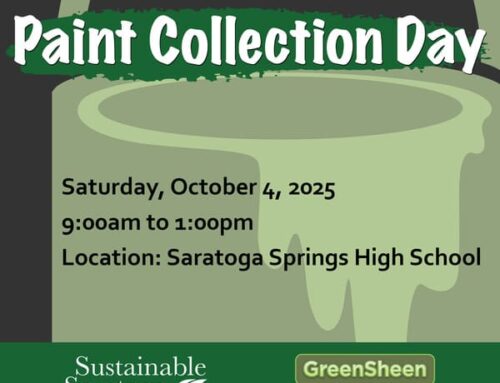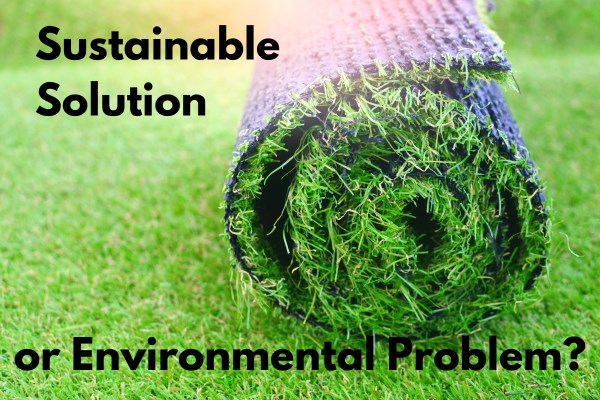
By Ian Elphick, Sustainable Saratoga Summer 2024 Intern
Artificial turf is common on many types of athletic fields, such as football, soccer, baseball and lacrosse. It first became popular in the mid 1960s when a dome in Texas was having trouble keeping their grass alive for a whole season. Since then, demand has increased greatly in the U.S. with 1,200-1,500 new installations each year.
Artificial turf has several seemingly attractive benefits, including being lower-maintenance, less water-intensive, it can be used immediately, and it looks polished soon after being installed. But when looking at longer effects, such as how the field holds up over time, as well as other impacts it can have on the athletes that use them, it starts to look like they aren’t as beneficial as they first appear.
After a couple of years, synthetic grass fields begin to look and feel more like concrete. The sand that is packed underneath to provide structure becomes compact and hard. The pieces of plastic grass get bent over and pushed down so the rubber pellets are more visible and start to make their way to the surface. The average lifespan of an artificial turf field is about 10 years, after which point they are disposed of in landfills resulting in millions of pounds of plastic and tire waste polluting our air, water, and soil.
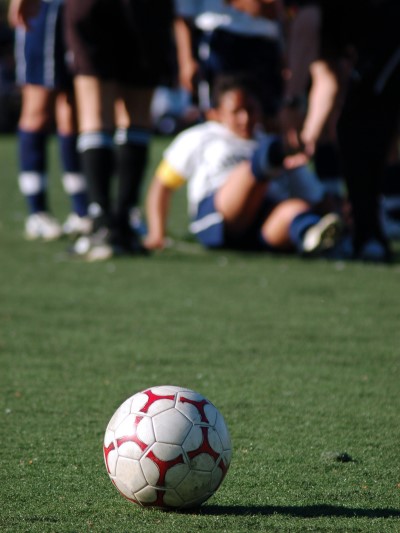 Playing on natural grass is very forgiving to athletes, but artificial turf is harder, especially as it ages, and is taxing on players’ joints. Foot, ankle, knee and hip injuries are more common when playing on turf fields and there may be other serious health consequences as well. A former U.S. women’s soccer player was a coach as synthetic playing surfaces became more popular. She did some research and found that college age kids that were athletes playing on artificial turf were starting to get cancer, potentially from the chemicals within synthetic grass. These products are made from petroleum based plastics and the rubber infill is sourced from scrap tires, both of which contain a large number of chemicals which are hazardous to human health and the environment, but some being suspected or known carcinogens such as benzene, arsenic, and VOCs.
Playing on natural grass is very forgiving to athletes, but artificial turf is harder, especially as it ages, and is taxing on players’ joints. Foot, ankle, knee and hip injuries are more common when playing on turf fields and there may be other serious health consequences as well. A former U.S. women’s soccer player was a coach as synthetic playing surfaces became more popular. She did some research and found that college age kids that were athletes playing on artificial turf were starting to get cancer, potentially from the chemicals within synthetic grass. These products are made from petroleum based plastics and the rubber infill is sourced from scrap tires, both of which contain a large number of chemicals which are hazardous to human health and the environment, but some being suspected or known carcinogens such as benzene, arsenic, and VOCs.
Similarly to the potentially harmful effects on human health, artificial turf also has several established environmental impacts including microplastics pollution, loss of biodiversity, and greenhouse gas emissions during the manufacturing process. The effects, especially from large athletic fields, can cause more harm to the environment than good. Some say that they may also be contributing to the warming climate through what is know as the urban heat island effect, as synthetic turf can reach temperatures of 120 to 190 degrees F in the summer.
There are both positive and negative arguments for artificial turf, but undoubtedly they have a major impact on the environment and the health of those who use them. As awareness of these effects increase, universities and municipalities may be convinced to resort back to natural grass.
Works Cited
Environment, Office of the Commissioner for Sustainability and the. “Artificial Turf in a Warming Climate.” ArcGIS StoryMaps, 26 Jan. 2024,
storymaps.arcgis.com/stories/45a256f135674d88a474f2602e6ef68e#. Accessed 2 July 2024. Factors Impacting Degradation of Artificial Turf Fibers Kunstgress 2021 a Project on Artificial Turf.
“What Does Research Say about Grass vs. Artificial Turf Safety Debate in Sports?” Health News Florida, 11 Oct. 2023, health.wusf.usf.edu/health-news-florida/2023-10-11/what-does-research-say-about-grass-vs-artificial-turf-safety-debate-in-sports#.

Read More
Get more info on plastics and other Zero Waste issues on our Zero Waste pages

